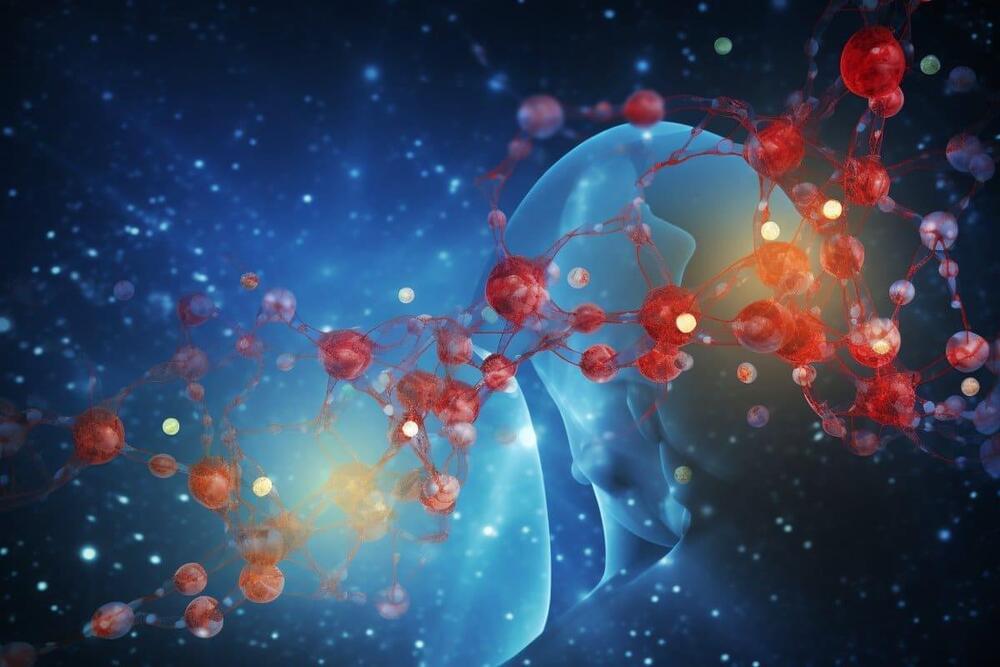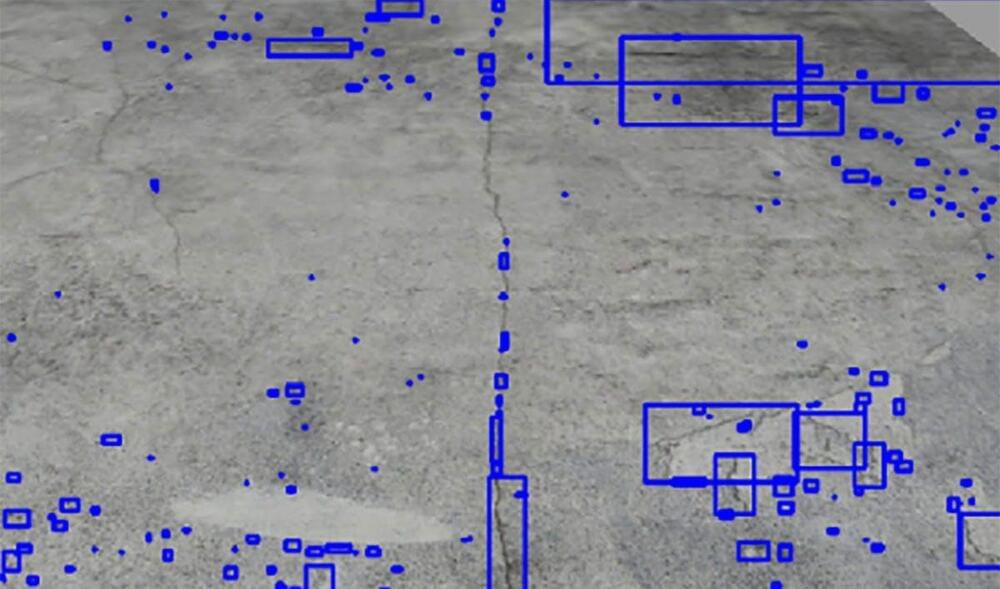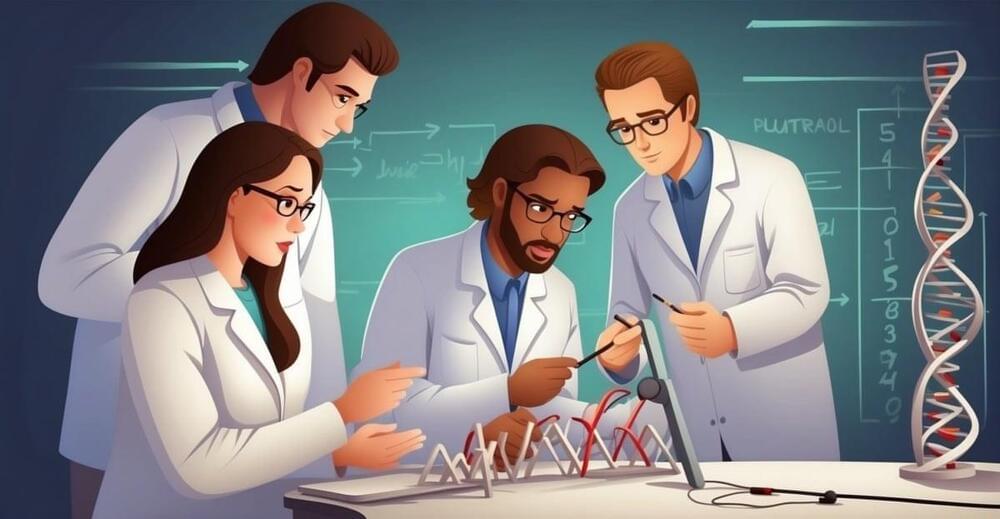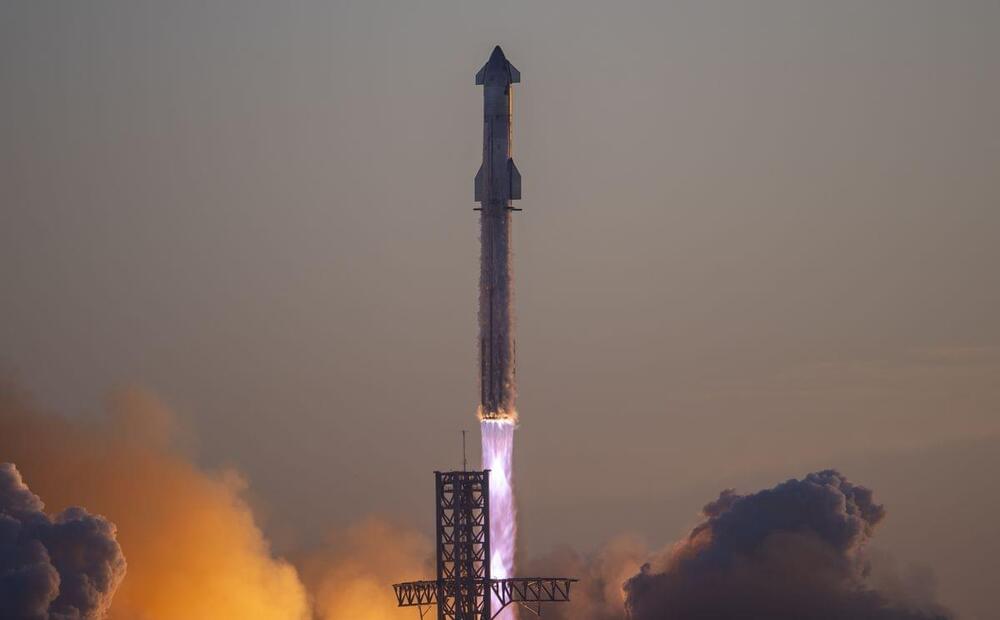Feb 13, 2024
Love Hormone Oxytocin Plays Key Role in Memory and Learning
Posted by Cecile G. Tamura in categories: genetics, neuroscience
Summary: Researchers uncovered the mechanisms by which oxytocin (OXT) influences learning and memory in animals. Their study utilized pharmacogenetic techniques to activate specific OXT neurons within the brain, assessing the impact on cognitive functions through tasks like the Novel Object Recognition Task (NORT).
The findings reveal that activating OXTergic neurons significantly enhances long-term object recognition memory, with notable activity observed in the brain’s supramammillary nucleus (SuM) and dentate gyrus. This groundbreaking research not only deepens our understanding of oxytocin’s role beyond social bonding but also suggests its potential in developing treatments for dementia.


















